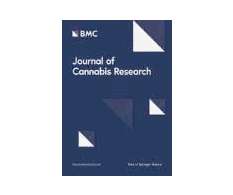Pushing Cannabis into Modern Healthcare
CannaTech
SEPTEMBER 16, 2018
Canada has been at the forefront of shaping much of the rhetoric surrounding cannabis since 2001. But this gap restricts patient access to a medicine that can offer relief to a long list of conditions including chronic pain, seizures attributed to epilepsy, as well as mood disorders such as anxiety and depression.











Let's personalize your content